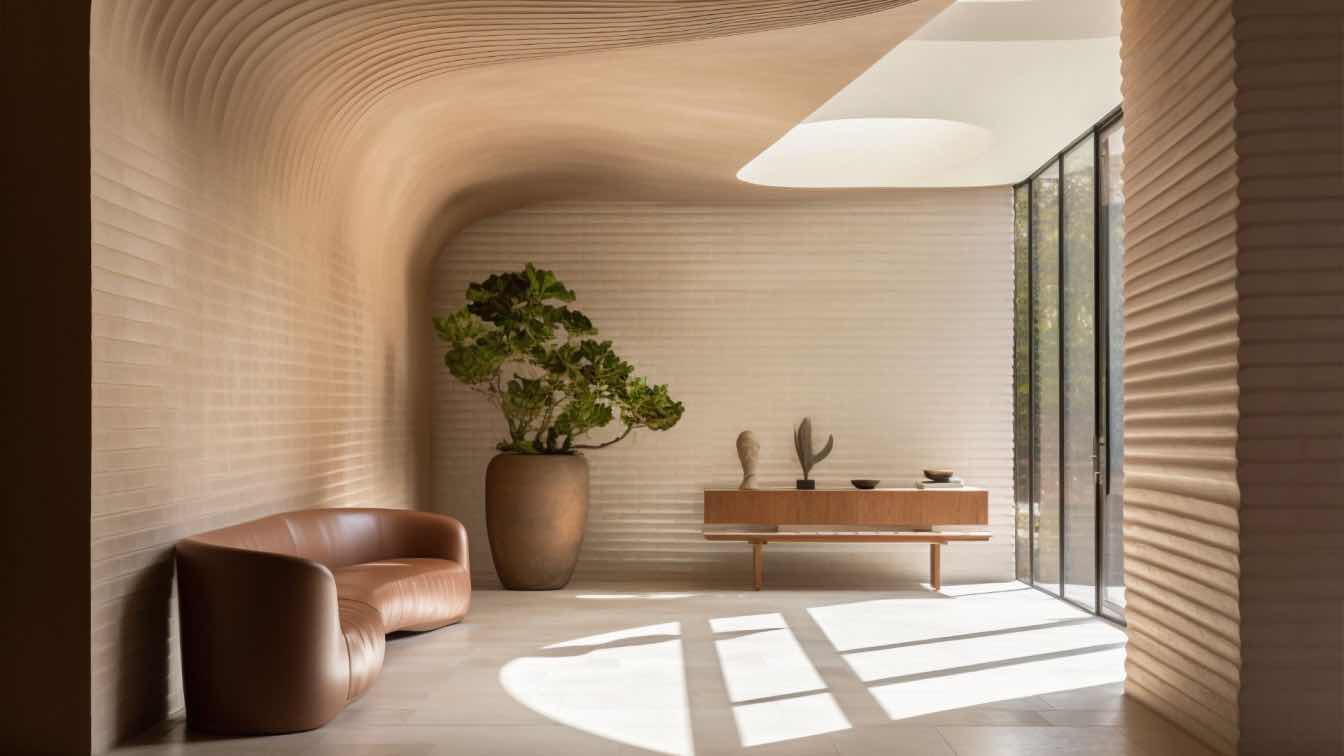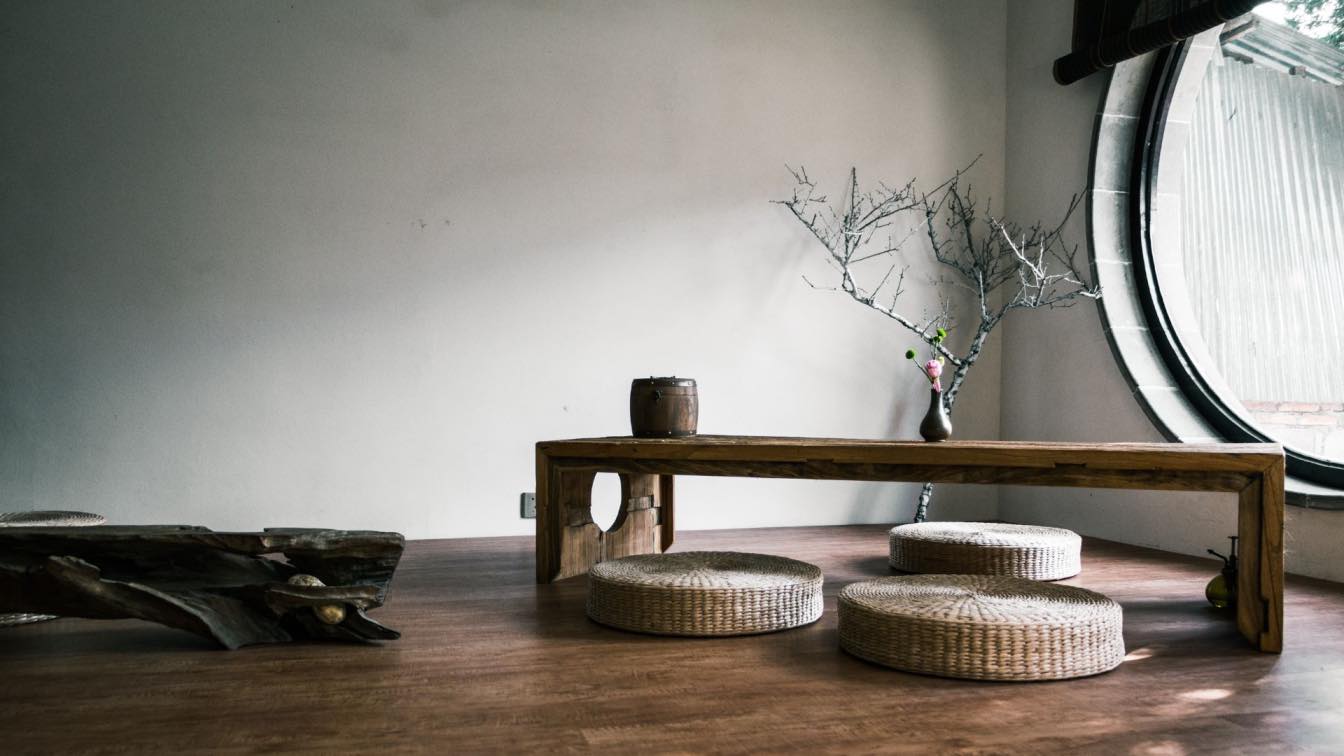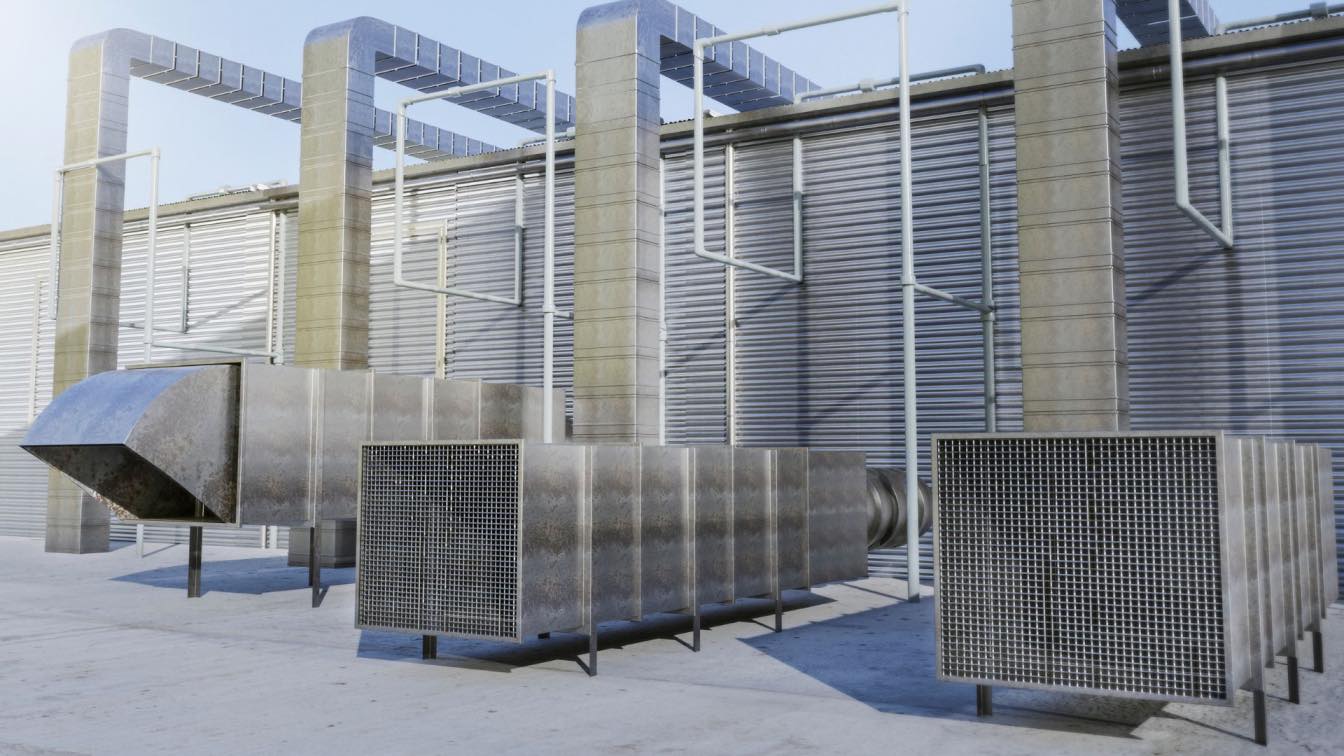In 2025, the world of interior design is undergoing a deep transformation, driven by increasingly hybrid living needs, connected lifestyles, and a renewed focus on domestic well-being. Homes are no longer mere containers of functions—they are evolving into true extensions of the identity of those who live in them. Architects and interior designers are moving in a bolder direction, creating spaces that captivate and surprise while meeting technical criteria of comfort, sustainability, and usability.
Among the most significant trends of 2025, four clearly stand out—each very different from the others, yet all marked by strong design intent and a contemporary vision of living. From geometric styling to the rise of the digital playroom, from advanced biophilic design to high-tech craftsmanship, every trend responds to real needs and suggests a new way of experiencing the home.
Visual Geometry and dynamic volumes: the rise of geometric style
Geometric style, which in recent years had reappeared as a vintage or decorative suggestion, establishes itself in 2025 as a true structural language. It’s no longer just about incorporating regular patterns or optical motifs, but about shaping the identity of a space starting from the geometry of the environment itself.
Walls become three-dimensional canvases thanks to textured cladding, interlocking patterns, and repeated modular inserts. Floors come alive with hexagonal tiles or herringbone layouts alternating with smooth, minimal zones, creating a visual narrative that guides the eye. Furniture also adheres to this compositional logic: modular sofas, irregularly shaped tables, and bookshelves that break traditional symmetry in favor of a more dynamic spatial experience.
Color-wise, contrast reigns: black and white, metallic greys, and saturated color accents create bold, modern interiors—perfect for those seeking a contemporary elegance that dares to be unconventional. This trend emerges from the fusion of graphic design, brutalist architecture, and a digital visual culture. The result is a style that isn’t afraid to stand out.
The entertainment room: the evolution of the digital playroom
In 2025, a new type of space is making its way between the kitchen and the living room: the digital playroom. This is a room specifically dedicated to connected relaxation, designed to reflect a habit that has become increasingly common in modern households—the choice to spend part of one’s free time enjoying virtual entertainment.
This room, now a key element in many contemporary home layouts, is the result of a fusion between technology, comfort, and the need for escapism. It’s not merely a gaming zone, but a multifunctional environment where aesthetics and performance are perfectly integrated. The furnishings are welcoming and comfortable, featuring ergonomic seating made from soft materials and glossy surfaces that echo the ambiance of high-end lounge spaces. Adjustable LED lighting, layered at different heights, allows for a tailored atmosphere depending on the activity, while acoustic insulation ensures either full concentration or deep immersion whenever needed.
The true focal point, however, is connectivity. Each playroom is conceived to include a high-performance internet setup, with mesh routers or direct cabling—ideal for gaming, streaming, or seamless access to real-time digital entertainment platforms, including casino online services. This space represents a new frontier in domestic well-being—not a luxury, but a practical and increasingly necessary solution to how we unwind and connect in a digital era.
Smart Green: biophilic design becomes sophisticated
The love for nature continues to influence home interiors in 2025, but it does so with a far more refined and technical approach. Biophilic design evolves into a fully-fledged wellness tool, integrating natural elements and architecture through a more scientific lens. It’s no longer just about decorating with plants—it’s about designing spaces based on an organic logic, where every element, from lighting to materials, contributes to a healthy and stimulating micro-ecosystem.
Raw wood surfaces treated with natural oils, undyed plant-based fabrics, and locally sourced stone are no longer just decorative choices—they become structural components of the space. Vertical green walls, self-irrigating and managed by climate sensors, are being introduced even in compact areas, actively contributing to air purification. Biodynamic lighting systems that mimic the sun’s natural cycle help regulate circadian rhythms and reduce visual stress.
This trend stems from a growing awareness of the link between environment and mental health. Thanks in part to the work of architects specialized in bio-architecture, the concept of “bringing nature indoors” is finally being addressed with both technical rigor and intentional design, moving well beyond aesthetic appeal to become an integral part of residential well-being.
Future and Heritage: where craftsmanship meets technology
In 2025, the desire for uniqueness finds one of its most captivating expressions in the revival of local craftsmanship—reimagined through a high-tech lens. This gives rise to a new style we might call “futurist craftsmanship”: refined interiors where manual expertise merges seamlessly with discreetly integrated technological solutions.
Each piece of furniture becomes a micro-architecture in its own right. Solid wood tables featuring transparent resin inlays, armchairs hand-upholstered with 3D-printed jacquard fabrics, and ceramic accessories reinterpreted in minimalist form all contribute to defining this hybrid aesthetic. Alongside these artisanal pieces, invisible smart technologies blend effortlessly into the environment: intelligent mirrors offering weather updates, voice assistants embedded within lighting systems, and ambient sound delivered through decorative acoustic panels.
This style bridges past and future, honoring traditional materials and techniques while enhancing them with cutting-edge functionality. The result is a home that feels both deeply personal and technologically advanced—where every object tells a story, yet serves a modern purpose.
The origin of this trend lies in the desire to preserve a connection with the craftsmanship of the past, without giving up the comfort and connectivity that modern technology provides. It speaks to those who envision a home with soul—rich in character and tradition—yet equipped with advanced features that meet the demands of contemporary living.





